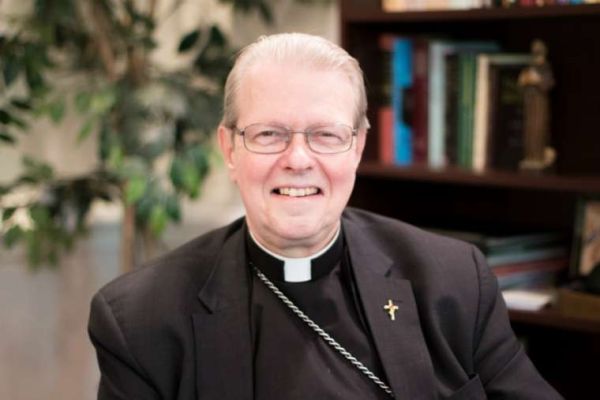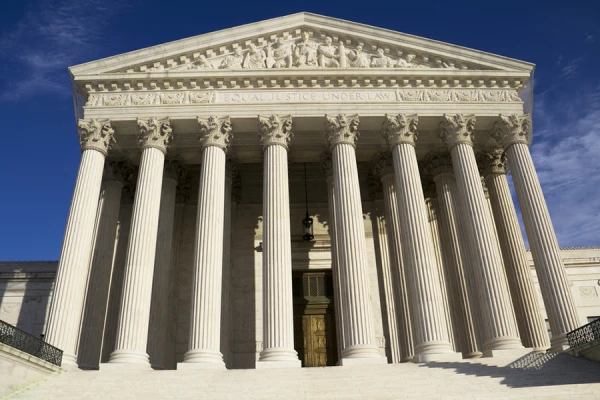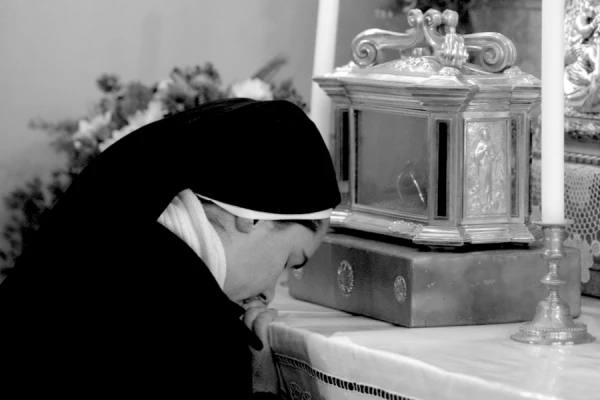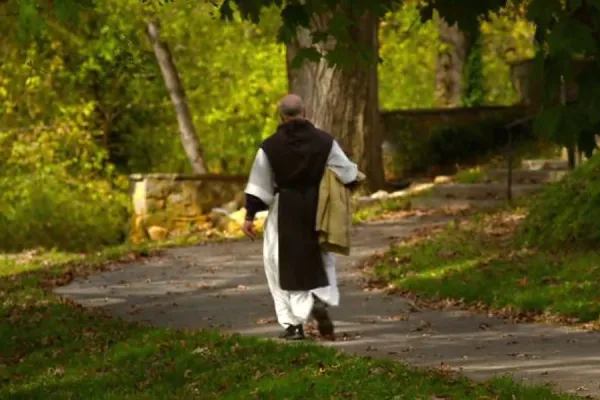
Chaldean archbishop: Iraq unrest signals rejection of post-2003 settlement
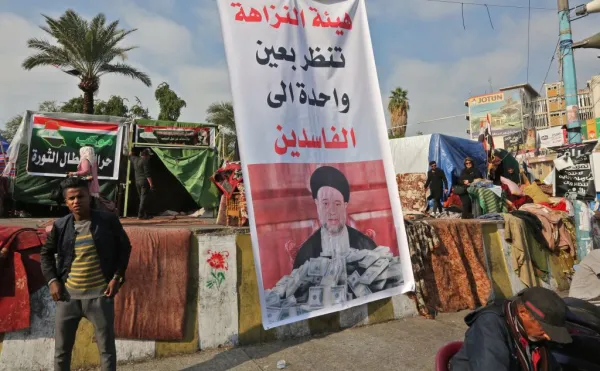
New York City, N.Y., Dec 4, 2019 / 04:01 pm (CNA).- The largest protests in Iraq since the overthrow of Saddam Hussein signal the rejection by most Iraqis of the country’s post-2003 structure and government, the Chaldean Archbishop of Erbil told the UN Security Council Wednesday.
Since the beginning of October, hundreds of thousands of Iraqis has been protesting government corruption. They have also objected to Iran’s influence over their country’s internal affairs. More than 420 have been killed by security forces.
The protests are “a rejection of a sectarian-based Constitution, which has divided Iraq and prevented it from becoming a unified and functioning country. Instead of bringing hope and prosperity, the current government structure has brought continued corruption and despair, especially to the youth of Iraq,” Archbishop Bashar Warda said at a Security Council meeting on Iraq held in New York City Dec. 3.
He added that Iraqi youth “have made it clear that they want Iraq to be independent of foreign interference, and to be a place where all can live together as equal citizens in a country of legitimate pluralism and respect for all.”
Archbishop Warda noted that Christians and other minorities “have been welcomed into the protest movement by the Iraqi Muslims,” which “demonstrates real hope for positive changes in which a new government in Iraq … will be much more positive towards a genuinely multi-religious Iraq with full citizenship for all and an end to this sectarian disease which has so violently harmed and degraded us all.”
He also highlighted the non-violent nature of the protests, especially in the face of the crackdown by security forces.
“At stake is whether Iraq will finally emerge from the trauma of Saddam and the past 16 years to become a legitimate, independent and functioning country, or whether it will become a permanently lawless region, open to proxy wars between other countries and movements, and a servant to the sectarian demands of those outside Iraq,” the archbishop stated.
He said that if the protests lead to a new government with a new constitution “not based in Sharia but instead based upon the fundamental concepts of freedom for all … then a time of hope can still exist for the long suffering Iraqi people.”
“If the protest movement is not successful, if the international community stands by and allows the murder of innocents to continue, Iraq will likely soon fall into civil war, the result of which will send millions of young Iraqis, including most Christians and Yazidis, into the diaspora,” he added.
Archbishop Warda urged the international community not to support “false changes in leadership which do not really represent change.” He chared that “the ruling power groups do not intend to give up control, and that they will make every effort to fundamentally keep the existing power structures in place.”
He said Iraq’s government has a a “broken nature,” with a “fundamental need for change and replacement.”
“The first step must be the initiation of early elections,” stated the archbishop. He call for freedom of the press before and during the elections, as well as UN monitoring and observation “by all major parties in Iraq so that the elections are legitimate, free and fair.”
For Archbishop Warda, “only in this way can a new government set a course for the future of an Iraq which is free of corruption and where there is full citizenship and opportunity for all.”
Marginalized Iraqis look to the international community for “action and support,” he added. “We hold you all accountable for this. Iraq, the country which has so often been harmed, now looks to you all for help. We believe we have a future, and we ask you not to turn away from us now.”
After his briefing of the Security Council, Archbishop Warda said that Christians and other minorities in Iraq stand with “Muslim protestors as together they seek a better life, based on equality regardless of religious belief. Either Iraq will develop as these protestors hope, moving away from political violence and the current sectarian power structure and taking its rightful place among nations who respect the rights of all regardless of their faith, or it will slide backwards, a fate previewed in the killing of protestors and most notably with the genocide and other carnage at the hands of ISIS. In this latter case, Iraqi sovereignty too will be undermined as its strong neighbors meddle in its internal affairs.”
Cardinal Louis Raphael I Sako, Chaldean Patriarch of Babylon, said his community will not have public Christmas celebrations, “out of respect for the dead and wounded among protesters and security forces, and in solidarity with the pains of their families,” The New Arab reported Dec. 3.
“There will be no decorated Christmas trees in the churches or streets, no celebrations and no reception at the patriarchate,” he stated.
The Iraq protests, which began Oct. 1, are largely in response to government corruption and a lack of economic growth and proper public services. Protesters are calling for electoral reform and for early elections.
Government forces have used tear gas and bullets against protesters. Some 17,000 protesters have been injured. According to the BBC, at least 12 security personnel have died amid the unrest.
Prime minister Adil Abdul-Mahdi announced Nov. 29 he would resign, though he will remain as interim PM until his successor is chosen. The announcement came shortly after Ali al-Sistani, the most influential Shia spiritual leaders in Iraq, called on parliament to withdraw its support from the government.
Iraq’s constitution, adopted in 2005, establishes Islam as the state religion and the foundation of the country’s laws, though freedom of religion is guaranteed. The constitution was largely backed by Shia Arabs and by Kurds (most of whom are Sunni), and opposed by Sunni Arabs.
This post-2003 settlement includes a quota system based on ethnicity and sect, which has fostered corruption and patronage.
In the Fund for Peace’s Fragile States Index 2019, Iraq ranked 13th out of 178 countries, placing it in an alert category for state vulnerability and in the company of Haiti and Nigeria.
And Iraq was ranked 168 out of 180 countries in Transparency International’s Corruption Perceptions Index 2018, in the company of Venezuela.


